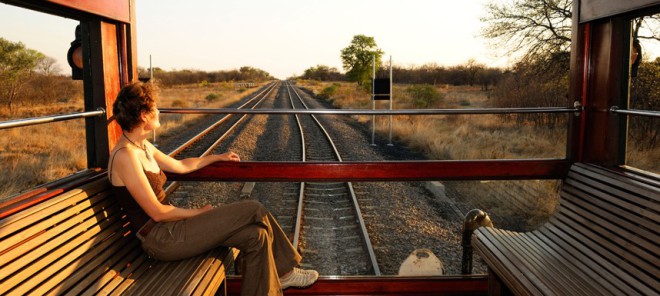Boarding the train
After checking the schedule and departure platform, it’s time to find your train. You should be ready to board the train the minute it arrives; station stops are often very short unless boarding is done at the beginning of the train’s route. Numbers posted near the train’s door or on a window show if the car is 1st or 2nd class; some trains have both classes in one car. Destination placard and car numbers are placed near the door. Trains can be split and sent in different directions, so make sure the car you’re in is going where you want to go.
How To Find Your Reserved Seat
If you have made a reservation, you have to check the car number and seat number printed on the ticket. On the platform, railway employees can show you where your car will stop, or search for the displays with a title like “Composition of Trains”. There you can see exactly where your car will stop on the platform. Once the car is found, finding the right seat is easy. If a seat is reserved in a compartment, a sign on or next to the compartment door showing the seat’s number must match the seat number on the ticket. For open-car seating, seat numbers are on the headrest. Travelers have to be prepared to vacate a reserved seat that does not belong to them when the rightful seat-holder arrives.
Are we there yet? Station stops aren’t always announced, or may be announced in a foreign language you don’t understand. Take note of your scheduled arrival time and the names of the last stations before your stop so you’ll be prepared to exit the train when it arrives at your destination. Station names are clearly visible at platforms. Ask a railway employee or a local passenger if you’re not sure.
Luggage
Trains either have overhead storage racks throughout the car, storage room behind the back of your seat or luggage areas at the end of the car.
According to the GTC-CIV (General Terms and Conditions for the International Carriage of Passengers by Rail), passengers are not allowed to take more than three items of luggage which are easy to handle and compatible with the space provided for luggage in trains. The greatest dimension of each item must be less than 85cm. It depends if larger items or bulky objects (such as skis, surfboards, and bicycles) may be taken. If so, bulky items must be properly packed, dismantled or folded. Passengers must make suitable enquiries in advance about the arrangements for accepting these items. This is a general guideline, it depends on the railway company or specific train how much luggage you may bring on the train. Some special trains such as Eurostar may have specific regulations for luggage. Please note that you will have to carry the luggage yourself and that luggage placed in the luggage racks remains under the sole responsibility of the traveler. It is advised to clearly and legibly label your hand luggage with your name and address. Railroads assume no responsibility in case of loss, damage or theft. Most stations provide left luggage offices or lockers. Major railway stations will have luggage carts. Only very few stations still have porters. In the stations, pictograms show you where luggage rooms or luggage carts can be found.
Bikes
Whether you can take a bike on the train depends on the type of train. For example, many high-speed trains will not carry bikes but most local trains will accept them. In order to find out whether a specific train accepts bicycles, you can consult an online timetable like for example www.oebb.at. After filling in from where to where the journey goes, press ‘Enter’. In the next screen you will be able to select a little square, saying “carriage of bicycles required”. The system will then show you trains that have enough space to carry a selected number of bikes. Before boarding a train with a bike you have to go to a local ticket window, get a ticket for the bicycle and (if possible) book space for it on that specific train.
Food on the Train and in the Station
Many European long-distance trains have full-service restaurant cars offering breakfast, lunch and dinner. Other trains offer light meals, snacks and drinks in a buffet car. You could check an on-line timetable to see if a specific train will have a restaurant or buffet car. It is quite customary to bring your own food or drink on the train. At the station you will often find small shops where you can buy drinks, snacks or sandwiches. Some larger stations will even have a small supermarket within the station.
Travelers Needing Assistance
Special amenities for travelers needing assistance are offered on trains and at many train stations in Europe. At the station they are clearly indicated with pictograms (special toilets, telephones, elevators or ramp entrance for wheelchairs). In addition, special equipment for boarding a train is available. This equipment must be reserved in advance through the country’s railway company and the traveler must specify whether he/she requires personal help and of what kind (wheelchair, help for boarding, etc.). Read more about the participating railway companies.
Travel With Dogs
In most countries, small dogs travel free or at a minimal charge. Large dogs travel at half 2nd class fare (even when traveling with passenger in 1st class). Often, dogs are required to be kept in a traveling container or must wear a muzzle and a leash. In some countries dogs are not allowed on trains. Special provisions may be applicable to guide dogs for the blind.
